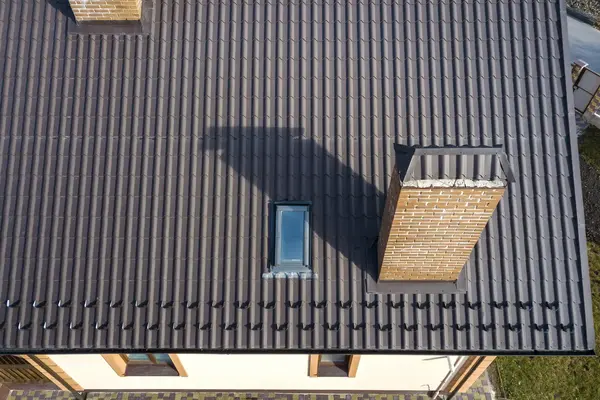Roofing
A Complete Guide to Replacing Your Roof

Roof Replacement Guide
Replacing your roof is a significant investment, but it doesn’t have to be overwhelming. This roof replacement guide will help you understand key steps, materials, and costs to ensure a smooth process.
Understanding Your Roof System
Your roof is more than just shingles; it’s a system designed to protect your home. Key components include:
Roof Deck
This foundation layer supports all roofing materials. Contractors inspect and repair this during replacements.
Ice and Water Shield
This protective membrane prevents water infiltration and protects against ice dams.
Underlayment
A water-resistant barrier under your shingles that provides added protection.
Shingles
The outer layer that shields your home from the elements. Options include asphalt, metal, and slate.
Ridge Vent
This vent helps regulate attic temperature by allowing hot air to escape.
Choosing the Right Roofing Material
Selecting the best material ensures durability and aesthetics. Common options include:
- Asphalt Shingles: Affordable, easy to install, and versatile.
- Metal Roofing: Durable, energy-efficient, and ideal for modern homes.
- Clay or Concrete Tiles: Fire-resistant and perfect for warmer climates.
- Slate Roofing: Elegant, long-lasting, and durable with proper care.
Roof Replacement Process
Understanding the process can help you prepare for your project:
Inspection and Preparation
The contractor assesses your roof, secures permits, and prepares the site.
Removal of Old Roofing
Old shingles, underlayment, and flashing are removed for a clean foundation.
Installation of New Materials
New underlayment, shingles, and vents are carefully installed following manufacturer guidelines.
Cleanup and Final Inspection
The contractor ensures all debris is removed, and your roof is inspected.
Roof Replacement Costs
Costs vary based on roof size, material choice, and labor. On average, replacement costs around $10,000.
Final Tip
For a successful project, choose quality materials, work with trusted contractors, and follow this roof replacement guide. Explore more home improvement tips on our website!
